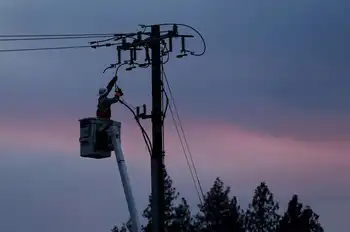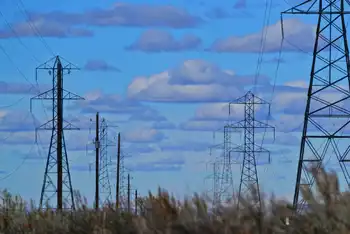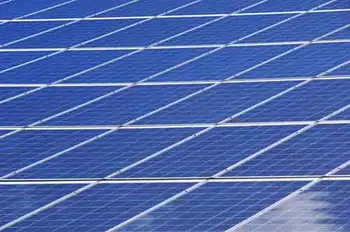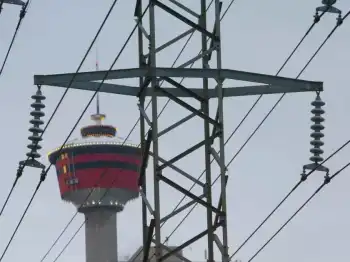Satellite will track carbon dioxide
By New York Times
NFPA 70b Training - Electrical Maintenance
Our customized live online or in‑person group training can be delivered to your staff at your location.
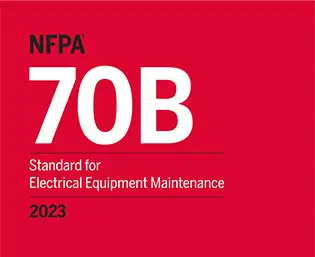
- Live Online
- 12 hours Instructor-led
- Group Training Available
With the Orbiting Carbon Observatory, a NASA satellite scheduled to be launched from Vandenberg Air Force Base in California, scientists hope to understand better the comings and goings of carbon dioxide, the main heat-trapping gas behind the warming of the planet.
The new data could help improve climate models and the understanding of the “carbon sinks,” like oceans and forests, that absorb much of the carbon dioxide.
Annual variations — in some years, all of the excess carbon dioxide disappears; in some years, all of it stays in the air — indicate that some of the sinks may fill up and spill some of the absorbed carbon dioxide back into the air.
“Something out there is changing dramatically,” said David Crisp, a scientist at the NASA Jet Propulsion Laboratory in Pasadena, Calif., who is the principal investigator of the mission.
Humans account for 2 percent of the world’s carbon dioxide emissions — natural sources like the decay of dead plants account for the rest — but that is enough to tip the balance.
Before the beginning of the Industrial Revolution two centuries ago, carbon dioxide levels were at about 280 parts per million. The level is 387 parts per million today and is projected to rise sharply in the coming decades.
Scientists have good estimates of how much carbon dioxide is released by the burning of fossil fuels, but other human influences like the clearing of forests and the harvesting of crops “affect CO2 in ways we don’t understand,” Dr. Crisp said.
The Orbiting Carbon Observatory will measure levels of carbon dioxide by using an instrument with three spectrometers to analyze light reflected off Earth. Carbon dioxide absorbs certain wavelengths of light, particularly in the near infrared; by measuring how dim those parts of the spectrum are, the observatory can determine how many carbon dioxide molecules the light has passed through.
At the same time, the instrument will make a similar measurement for oxygen. Combining the two measurements will give the concentration of carbon dioxide in the air. Because carbon dioxide mixes quickly with the other gases in air, the measurements will have to pick out small variations, expected to be less than 5 percent.
Dr. Crisp said the spacecraft would be able to pick out emissions from a power plant or along highways.
More difficult will be picking out the carbon sinks, which tend to be spread over large areas. Scientists know that the oceans are by far the largest sinks, but the absorbing powers of forests, for example, are still uncertain. Shifting winds further complicate the analysis.
Liftoff is set for 4:51 a.m. Eastern time. The satellite will rise into orbit aboard a Taurus XL rocket to 400 miles above the surface. Then, over the next several weeks, it will be nudged upward into a 438-mile-high polar orbit, where it will take its place among a series of Earth-watching satellites known as the “A-Train.”
Several months of calibration will follow, validating the spacecraftÂ’s observations with measurements on the ground.
“It’s a brand new kind of science measurement,” Dr. Crisp said. “It’s going to take us a while to get the measurement right.”
The spacecraft and the Taurus rocket were both built by the Orbital Sciences Corporation of Virginia, which will operate the spacecraft.





